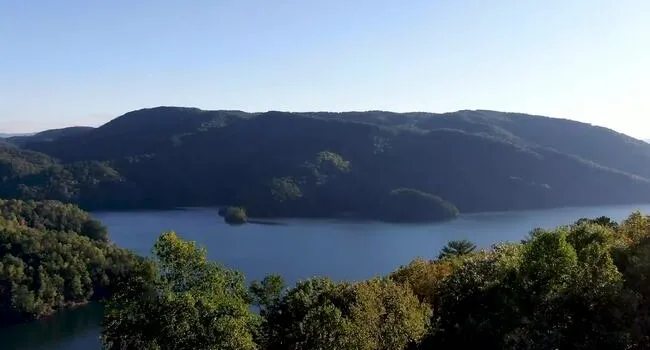
Lake Jocassee | Carolina Snaps
Video
Lake Jocassee is a 75,000-acre reservoir outside of Salem, South Carolina and is considered the jewel of the Appalachian Mountains.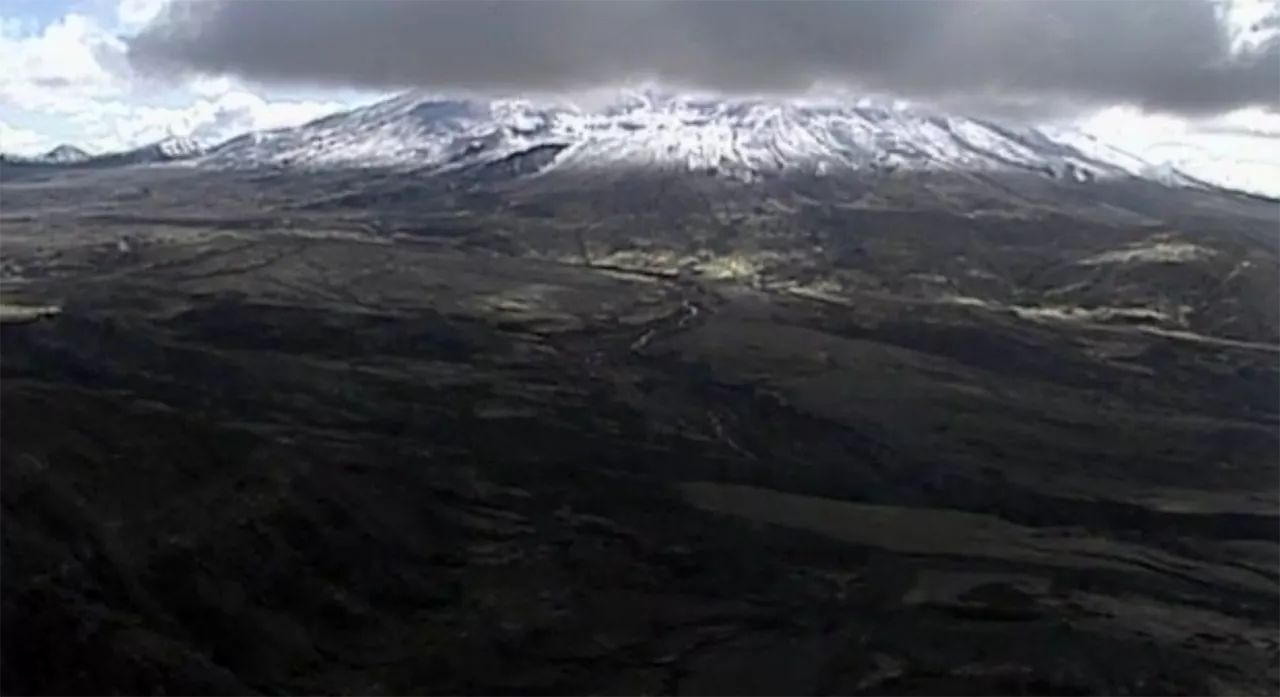

Video
Lake Jocassee is a 75,000-acre reservoir outside of Salem, South Carolina and is considered the jewel of the Appalachian Mountains.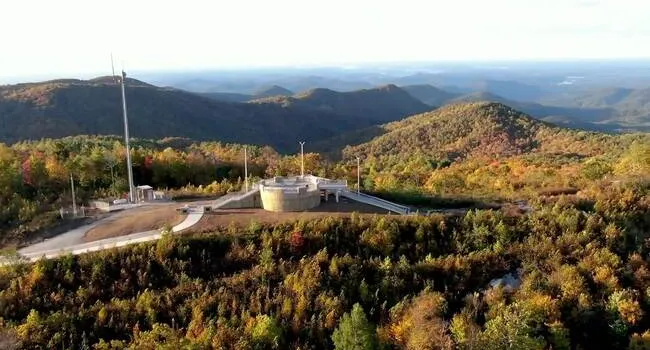
Video
Towering over three thousand five hundred feet, Sassafras Mountain is the highest point in the state of South Carolina.
Video
When it rains, water either soaks into the ground or flows downhill into small streams and ponds and then into a larger body of water, like a river, lake, or ocean. A watershed is an area of land...
Lesson
Students will learn about general time periods in history in which artworks and artifacts were made, and how these time periods have specific terminology to help us understand how many years, decades...

Lesson
The students will learn about maps and landforms and why they are important.

Video
Jim and Rudy discuss the composition of the sand dunes on Sandy Island, and how wind and water have shifted the dunes over time. The waters between these slopes make perfect hunting ground for local...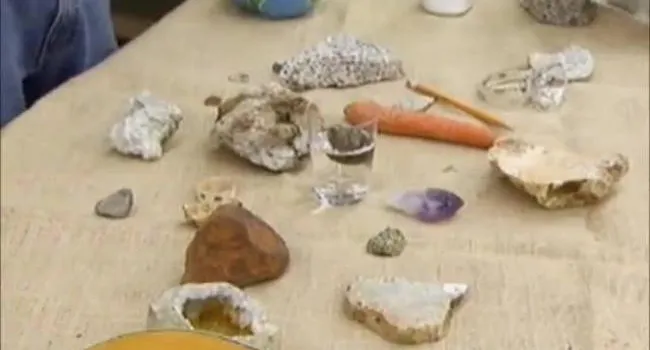
Video
Environmental Ed introduces the idea that rocks and minerals are the backbone of our planet and addresses how they are made and how we can use them to make a better Earth.
Interactive
At a lateral plate boundary, plates slide past each other. The San Andreas fault in California is an example of a transform plate boundary, where the Pacific Plate slides past the North American Plate...
Interactive
At a convergent plate boundary, lithospheric plates move toward each other. The west margin of the South American continent, where the oceanic Nazca Plate is pushed toward and beneath the continental...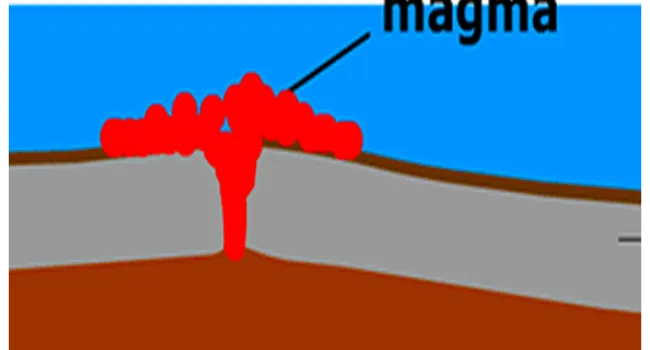
Interactive
At a divergent plate boundary lithospheric plates move away from each other. As the two sides move away from each other, magma wells up from the Earth's interior. It then solidifies into rock as it is...